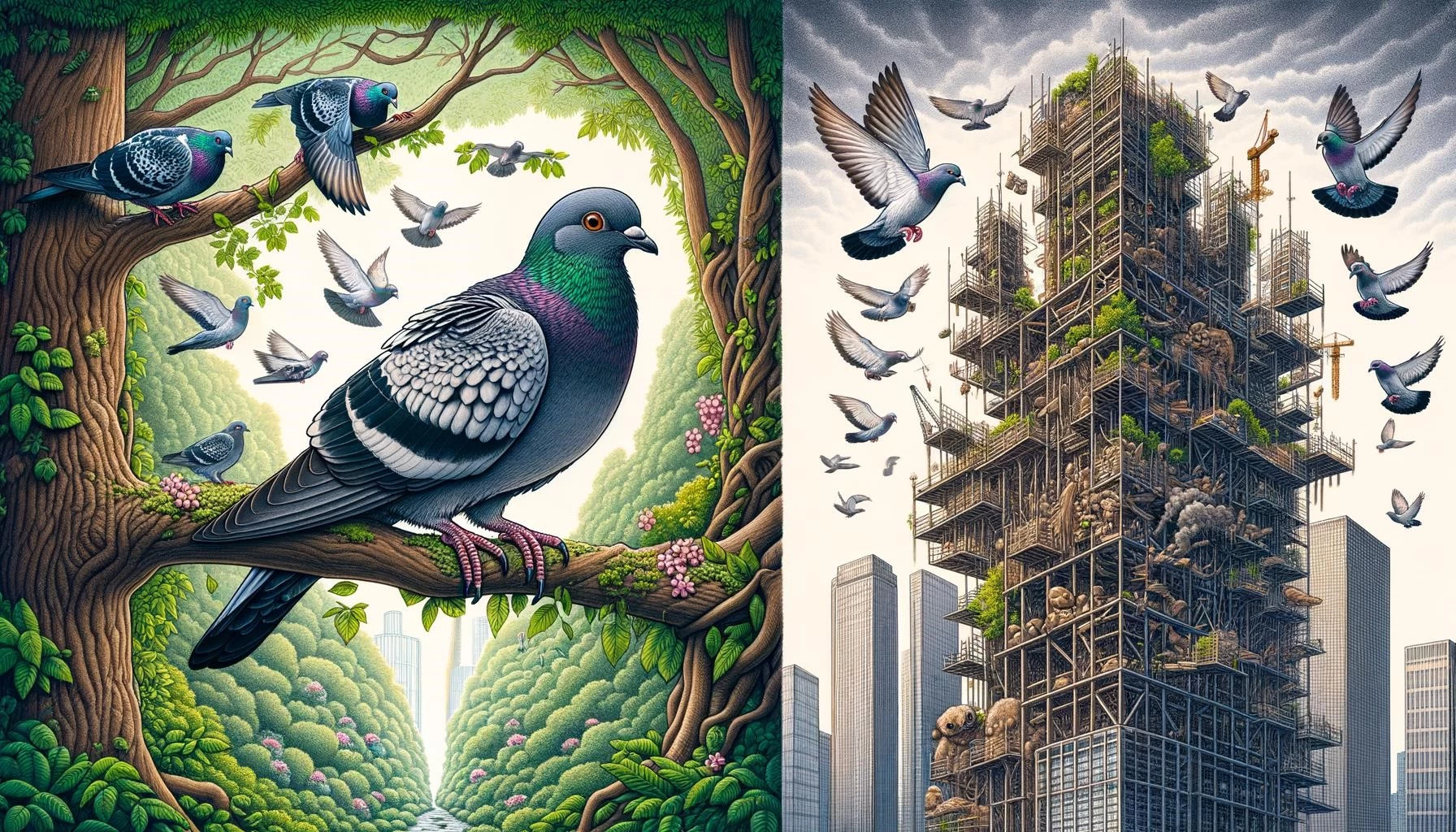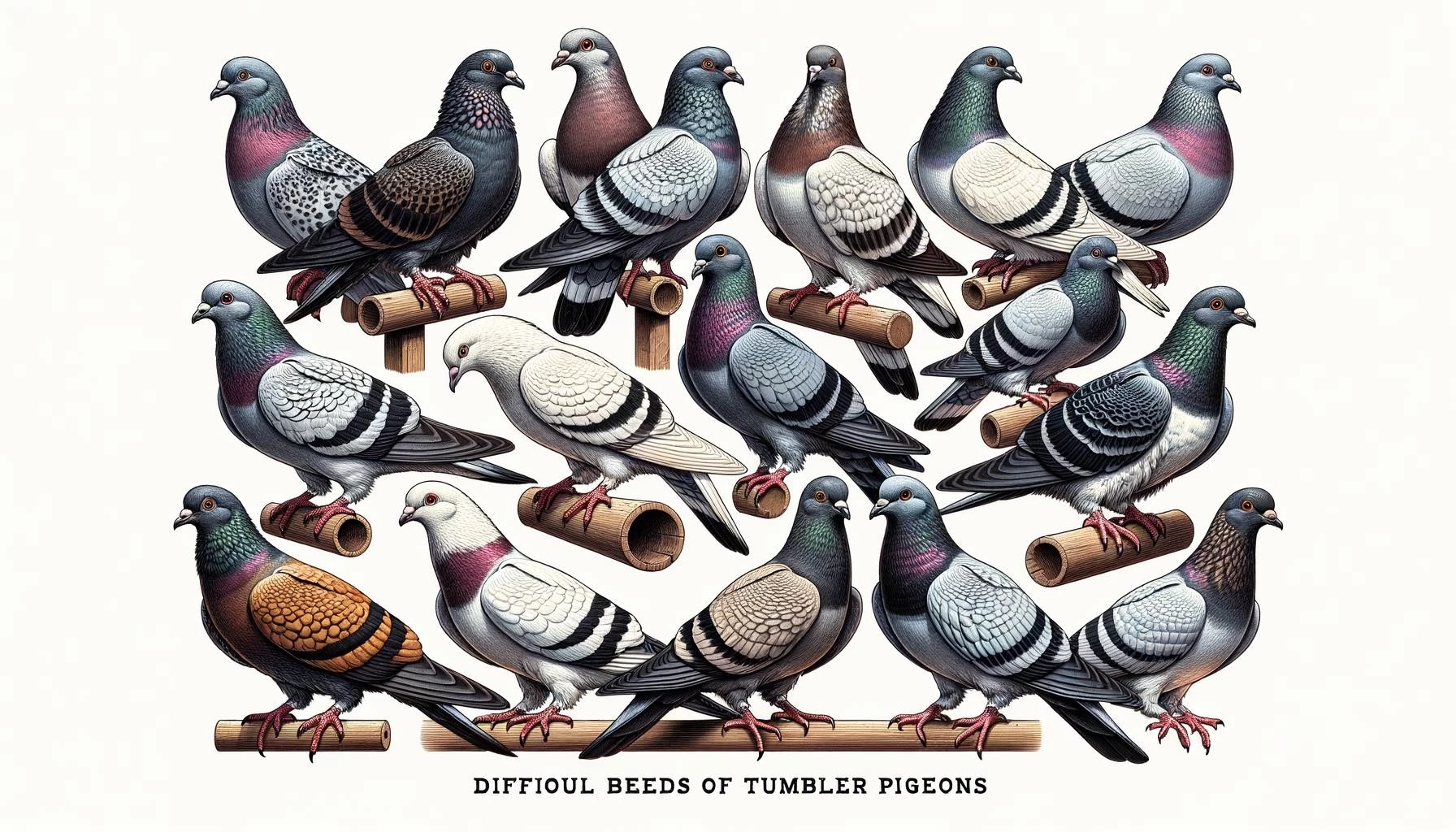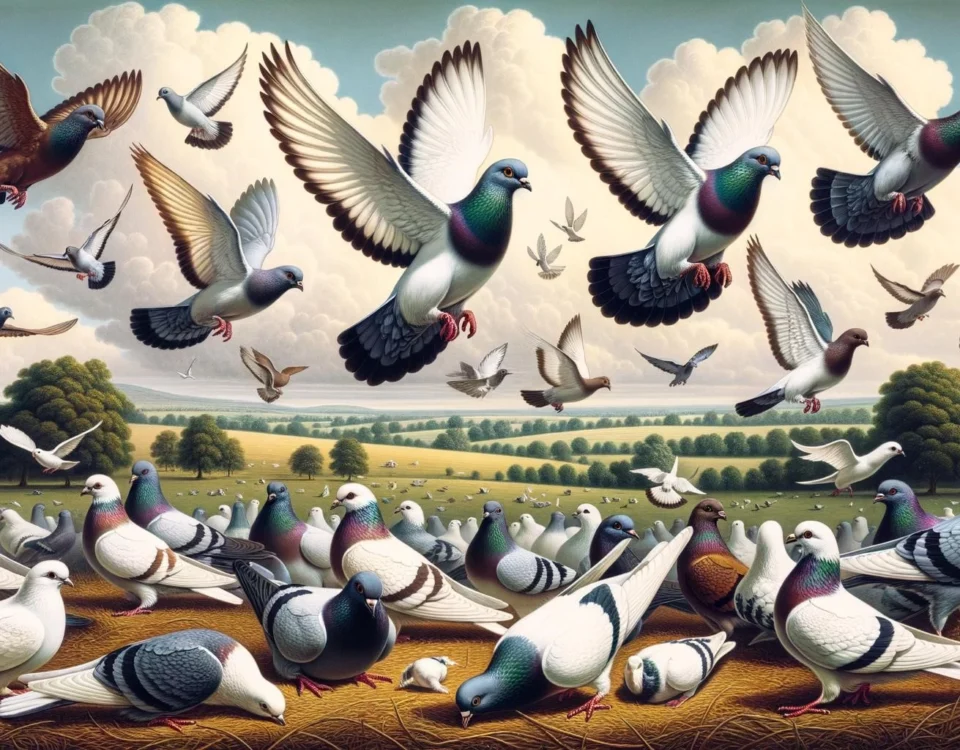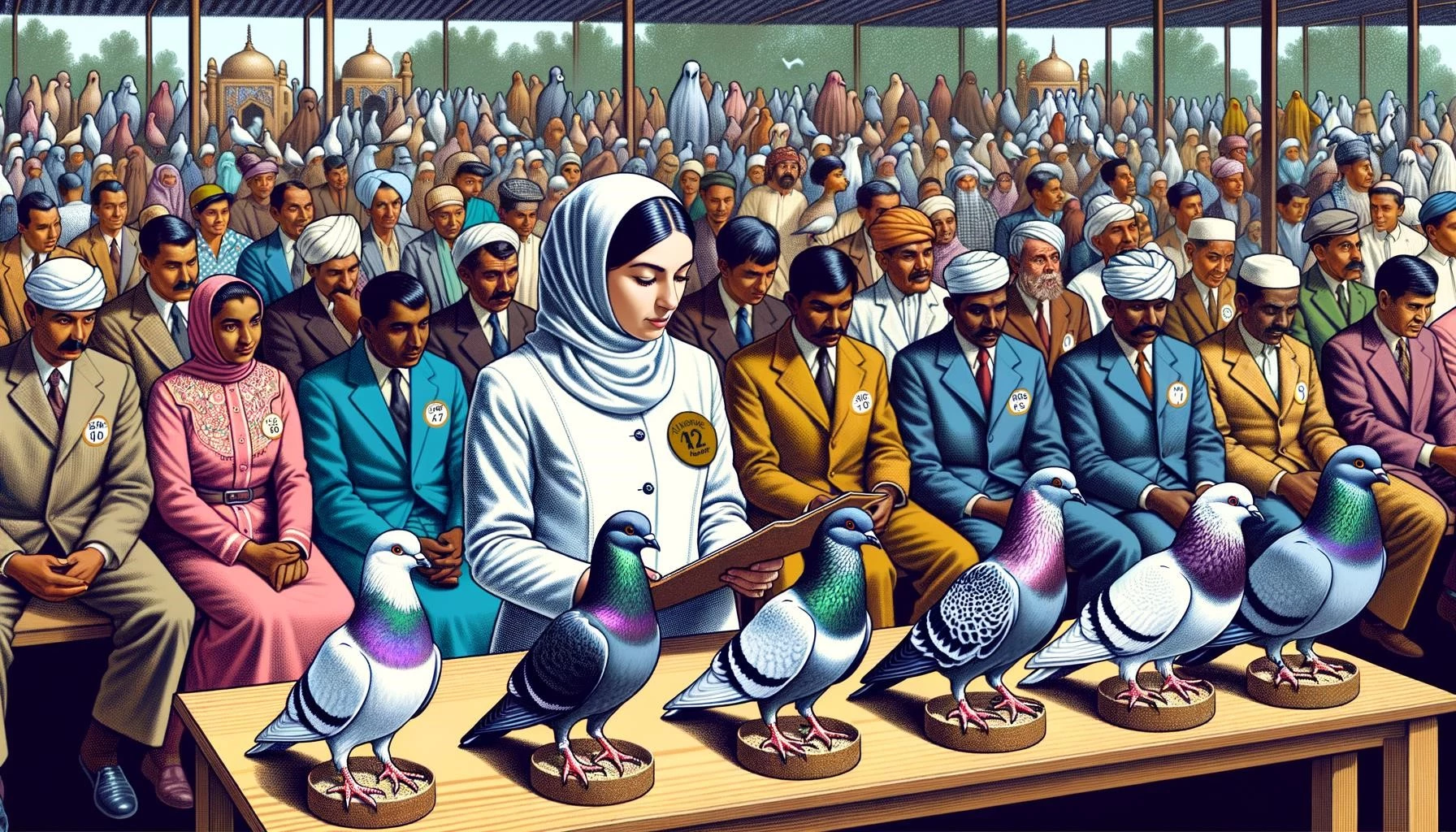Urbanization, the process of population migration from rural areas to urban cities, has had a significant impact on various aspects of society, including the natural environment and wildlife. One group of animals that has been particularly affected by urbanization is pigeons, specifically tumbler pigeons. Tumbler pigeons are a variety of domesticated pigeons known for their ability to tumble or roll over backwards in flight. This unique behavior makes them popular among pigeon fanciers and enthusiasts.
In this article, we will explore the relationship between tumbler pigeons and urbanization. We will examine how urbanization has affected the habitats and behavior of tumbler pigeons, as well as the challenges and opportunities they face in urban environments. Additionally, we will discuss the potential impact of urbanization on the conservation of tumbler pigeons and strategies to mitigate any negative effects.
Key Takeaways
- Tumbler pigeons are domesticated pigeons known for their ability to tumble or roll over backwards in flight.
- Urbanization, the process of population migration from rural areas to urban cities, has had a significant impact on tumbler pigeons and their habitats.
- In urban areas, tumbler pigeons face challenges such as limited food availability, competition with other bird species, and exposure to urban pollutants.
- However, urbanization also provides opportunities for tumbler pigeons in the form of human-provided food, available nesting sites, and potential protection from predators.
- The conservation of tumbler pigeons in urbanized areas requires careful management and the implementation of measures to mitigate the negative impacts of urbanization.
Urbanization and Tumbler Pigeon Habitats
As urbanization progresses, the natural habitats of tumbler pigeons are transformed into urban landscapes dominated by buildings, roads, and concrete. This transformation often leads to the loss of suitable nesting sites and foraging areas for tumbler pigeons. However, urban environments also present new opportunities for these birds.
One of the advantages of urbanization for tumbler pigeons is the availability of human-provided food sources. In urban areas, pigeons can often find food in the form of discarded breadcrumbs, seeds, or other waste materials. This abundance of food can be a significant advantage for tumbler pigeons in urban environments, ensuring their survival and reproduction.
Additionally, urban areas may provide suitable nesting sites for tumbler pigeons. Buildings, rooftops, and other urban structures can serve as alternative nesting locations, protecting the birds from predators and adverse weather conditions. Despite these advantages, tumbler pigeons still face numerous challenges in urban environments.
Challenges Faced by Tumbler Pigeons in Urban Areas
While urbanization brings some benefits to tumbler pigeons, it also poses several challenges to their survival. One of the primary challenges is limited food availability. In urban areas, competition for food among different bird species is high, and tumbler pigeons may have to contend with other pigeons, sparrows, and other urban birds for limited food resources.
Urban areas also expose tumbler pigeons to various pollutants, such as air pollution and contaminants present in urban water sources. These pollutants can have detrimental effects on the health and reproductive success of tumbler pigeons. Additionally, urban landscapes often lack natural vegetation and green spaces, limiting the availability of suitable nesting sites and roosting areas for tumbler pigeons.
Furthermore, the presence of predators, such as birds of prey, cats, and even humans, can pose a threat to tumbler pigeons in urban environments. These predators prey on pigeons or disturb their nests, reducing their chances of survival and reproductive success.
Conservation Strategies for Tumbler Pigeons in Urban Areas
To conserve tumbler pigeons in urban areas, it is essential to implement measures to mitigate the negative impacts of urbanization. One strategy is to create and maintain suitable habitats for pigeons within urban landscapes. This can be achieved by incorporating green spaces, such as parks and gardens, that provide food and nesting opportunities for tumbler pigeons.
Efforts can also be made to reduce the pollution levels in urban areas through proper waste management and enforcement of regulations to control air and water pollution. By improving the quality of the urban environment, the health and well-being of tumbler pigeons can be safeguarded.
Furthermore, education and public awareness programs can play a crucial role in promoting responsible feeding practices for pigeons in urban areas. Encouraging the public to provide a balanced and appropriate diet for pigeons can help prevent overreliance on human-provided food and reduce competition among different bird species.
Lastly, the conservation of tumbler pigeons in urban areas requires collaboration between local authorities, environmental organizations, and the community. By working together, it is possible to create sustainable urban environments that support the survival and well-being of tumbler pigeons and other urban wildlife.
In conclusion, urbanization has both positive and negative impacts on tumbler pigeons. While urban environments offer new opportunities for these birds in terms of food availability and nesting sites, they also present challenges such as limited resources, pollution, and predation. The conservation of tumbler pigeons in urban areas requires proactive efforts to create suitable habitats, reduce pollution, and promote responsible feeding practices. By implementing these strategies, we can ensure the long-term survival of tumbler pigeons amidst the process of urbanization.








